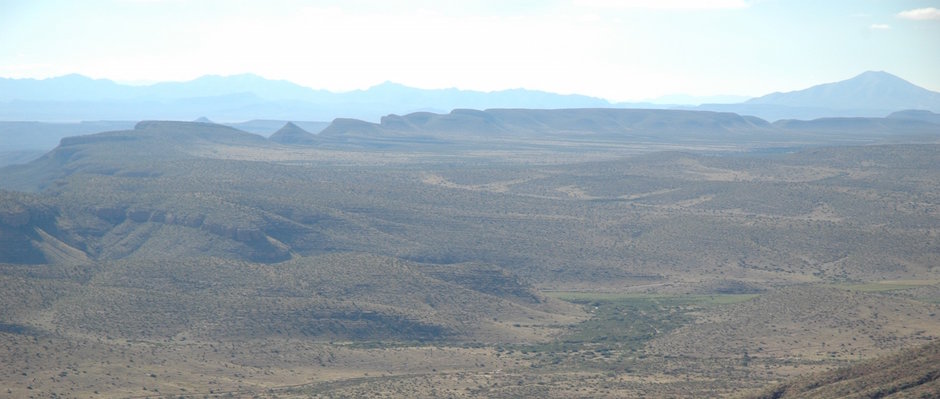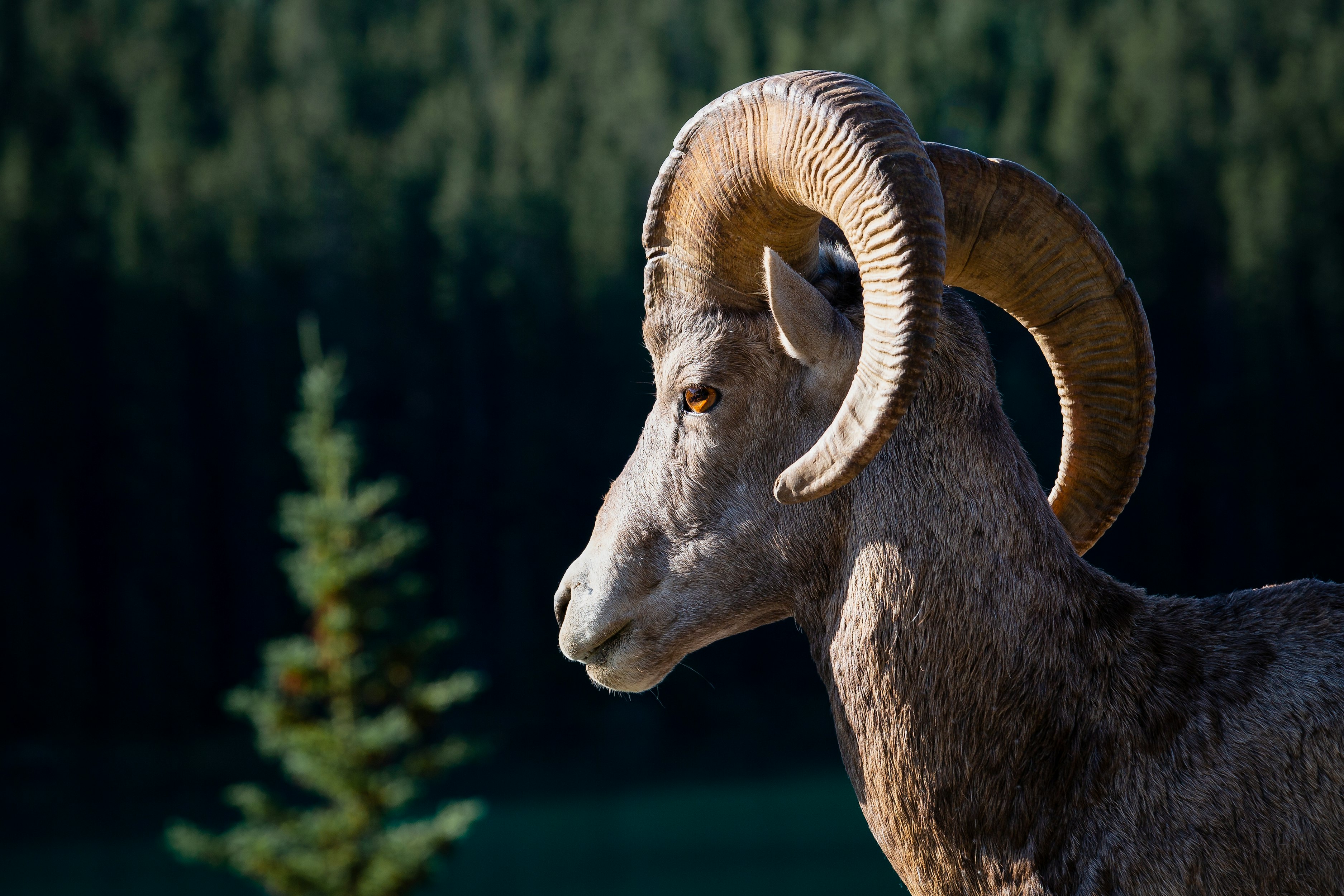The Sounds of Elk
Most Texas elk hunters must draw permits in Colorado, Arizona, New Mexico etc., pay many thousands of dollars and travel out of state for a chance to hunt free-ranging trophy elk. Yet, elk are native and present in far-West Texas. It should be possible for Texans to hunt wild elk in far-West Texas – at a fraction of the cost and inconvenience.
But Texas’ elk are said to be ‘invasive’ ‘exotic’ intruders that ‘harm ecosystem health’ and endanger Desert Mule Deer and Desert Bighorn Sheep. As such, all elk are ‘lethally-removed’ from all state land managed by Texas Parks and Wildlife (TPWD) in far-West Texas. Private landowners who wish to enter into “Co-Operative Agreements” with TPWD for bighorn reintroduction and management are required to remove their elk as well. These removals, combined with unrestricted hunting of elk harm all wildlife – and destroy trophy elk hunting – across far-West Texas.
Elk, bighorn and mule deer are found together throughout the West. These species are complimentary, not ‘competitive’. Elk eradication on Texas public lands, and private lands where bighorn are reintroduced, is a huge disservice to bighorn, elk, mule deer, pronghorn, ranchers, landowners, hunters, local businesses and their employees, conservationists, and TPWD itself.
Although holistic thinking is increasingly accepted by wildlife practitioners, not a single agency, university or conservation organization – including Rocky Mountain Elk Foundation who made this wonderful video – will openly challenge this policy.
NOTE: this post was originally published to this site on July 9, 2018.



Hi-
Have just recently subscribed to your newsletter and have enjoyed articles about the elk in Texas and the Indian Cave excavation. Was puzzled to see that your property is up for sale after almost 20 years of work?
Hello Cynthia,
Regarding the sale, Here is the context for the decision. 20 years ago we realized that our Guadalupe River Ranch – KWW – had grown very valuable: too valuable to be kept as a plaything. So I spent several years getting it into a development program that would monetize the value. Through a complex 1031 tax-deferred exchange, we used some of that value to acquire Circle Ranch.
That $4 million investment is now worth more than $50 million; we are once again victims of our own success. And so our plan is to monetize the appreciation, release equity to the owners, and again reinvest a portion of the proceeds in another ranch where we will do this again. I guess the stock and bond boys would call this ‘rebalancing the portfolio’.
We have seen some incredible ranches in New Mexico, Colorado and Montana. I must confess that even at 73, I am excited to have such choices, and this new project.
Many thanks for reading and commenting.